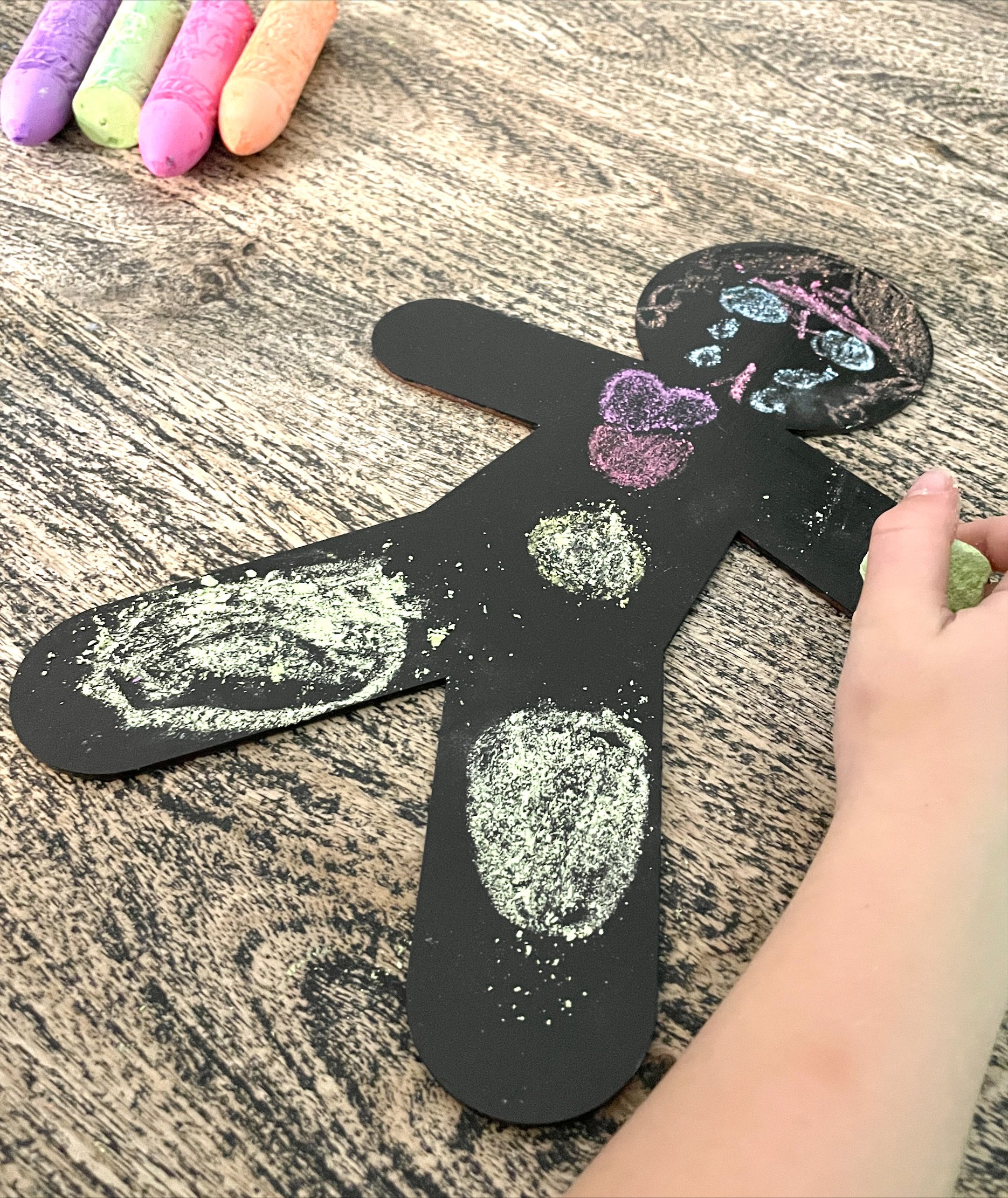Name that Feeling! Games to Improve your Child’s Emotional Intelligence
One of my most popular posts has been on the topic of emotional naming games (see link here). So this is like part 2, an extension to provide further actitivies and games to improve your childs emotional intelligence. Check out my shop to purchase some of the resources Ive mentioned, like the “Feelings in my body” game
Firstly, what is Emotional Intelligence? And why is it important?
Well, emotional intelligence is the skill to be able to identify and monitor another persons emotions, as well as our own as well as being able to use emotions or understanding of emotions to guide out behaviour and actions. Having a high level of emotional intelligence or knowledge about emotions allows for greater emotional regulation (less dysregulation or blow ups, tantrums etc), higher quality relationships (which improves general wellbeing), better capacity to pay attention and focus and better educational engagement, and are more empathic.
There are 5 key ways we teach emotional intelligence
Recognising emotions in ourselves and others
Understanding both the cause of and consequences of emotions
Accurate labeling of emotions
Expressing emotions appropriately (appropriate for the place and time)
Being able to regulate emotions
So how can you teach emotions?
Start Small
Before your child even has words “name that feeling”. If they are sad, label it, if they are cross, tell them about it “I can see you are so sad right now”.
Start with simple feelings, and start asking them how they feel “Is it a good or yukky feeling?
Move on to more complex emotions - Mad, Sad, Glad
As your child grows so should their emotional vocabulary - all feelings can be described along a continuum; think frustrated versus enraged, worried versus terrified.
Role Model
Help your child learn how to name their emotions by naming yours.
Sit in a mirror so you are both facing it (they need to be able to see their own face to see themselves replicating your own face correctly). Pull an exaggerated emotional face (sad, or suprised) and ask them to tell you what feeling it is. Then ask them to copy, or even take a turn and see if you can guess their feeling. Use the mirror so they can see what their own face looks like to help them identify what feelings look like on others face, or so they can better copy your emotional face.
Also, just narrate your day and your emotions. Add in comments about coping as well as as causes. “Gee I’m pretty frustrated there is no milk left. Im going to take a deep breath and when I feel calmer Im going to think about a different drink I can make without milk” or “I felt sad when you called your brother a mean name”.
Explore all the Feels
Find different ways to help your child express and explore their feelings
Use dress ups and set up a character or situation. “You’re a vet and Im coming in with my sick puppy so you can fix them”. You set up a scenario that you can then query emotions (how do you think the owner of the puppy feels, how do you feel as the vet now youve helped save the puppy). Dress ups, even when you dont specifically set up a scenario help build empathy as our kids get into character and think about another persons perspective in order the play that character. You can also set up helping characters in their dress ups (doctors, nurses, teachers, police etc) to really tap into empathy.
Emotion meter - draw a thermometer, or get a ruler and get your child to tell you how big their feeling is, by using a measurement or some kind of scale.
Read books or watch TV and ask them questions about the characters “How do you think they feel after XYZ happened?” and “How do you know that?”
These are just a few strategies and games. I have a whole chapter on emotional regulation with tons (and I mean tons) of practical tips in my book “Teaching Kids to be Kind” which will help further support emotional regulation.
Let me know how you go, and take care of yourself!
Rachel














